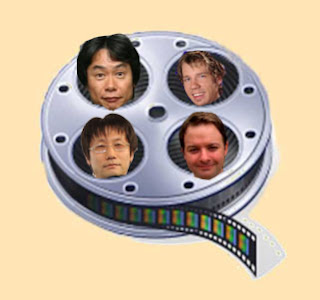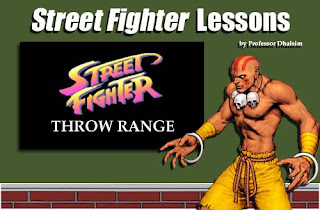
In my experiences, being a designer is akin to building jigsaw puzzles (not sure about this analogy, but I'm super tired right now so bear with me). You have all of these different pieces that are scattered about and it is your job to make them fit together into one cohesive and recognizable entity. Each piece enhances the overall entity. Without each individual piece, the overall presentation suffers.
For instance, let's say your a combat designer and it is your job to build enemies that follow the vision of the game. To do this, you'll need the following: brainstorm, direction, model, animations, vfx, sfx, level scenarios ideas (to give the enemy some world relevance), AI building, etc. Obviously, without any of these elements, you won't have any kind of enemy creature. In this case, it is the combat designer's role to ensure that each element associated with this creature adheres to the overall vision of the game the micro vision of the creature itself.
So what does the designer actually do day-to-day in this case? Usually, the elements I listed above are done by an animator, vfx artist, sound designer, etc. So, again, what does the actual designer do? First and foremost, he will possibly use some kind of scripting/pseudo-code program that allows him to manipulate all of these elements in some fashion and “program” the enemy AI to behave according to what is fun and falls under the micro-vision. So, let use this information and create a checklist as to what the designer actually does:
• Uses scripting/pseudo-code program to tell the enemies how to behave (technical skill/aptitude needed here) If you have the ability to master/exploit a tool that has been created specifically for your design role and show that you can “design” or create situations that the programmer never thought possible or intended, then you will be on the right track.
On a side note: Most companies I’ve seen, robust and powerful end-user tools have been created for designers where programming knowledge isn’t necessary. It seems more and more gameplay systems that were once under the realm of the “programmer” are being driven by the non-programmer. In short, the designer becomes the “programmer.” In the end, what does it matter how a gameplay system is maintained, tuned for fun, whether it be through C++ or through some proprietary in-house tool. The results are the same, but some would argue the drive to push control of gameplay systems into non-programmers' hands is much more efficient as it removes the technical barricade and allows those with the creative expertise to make the magic happen.
Is this all the designer does? No. Simply changing a few variables and testing them out to see what is more fun is just part of the role.
Who is making sure that each element falls under the micro vision? Obviously, today’s games are massive so, in this case, it is up to the designer to ensure all of the assembly line elements fit into the micro vision. This requires a basic understanding of each discipline (animation, art, etc.) but more importantly the ability to communicate what is wrong with the individual element and providing possible solutions based on the vision.
• Communication skills and the ability to problem solve and offer solutions that adhere to scope and vision (soft/hard skill)
Knowledge should your weapon of choice for most designers. This can be said for any role in game development, but since the contemporary game designer is usually labeled as possessing only soft skills, then the knowledge you possess as it relates to your specific system or entity can be invaluable. In this case, being able to deconstruct an action adventure combat game and ascertain/extract the systems that make the game fun but also frustrating will help you out tremendously.
• Expertise/insight based on research and/or experience
I think of designers as mini-creative directors responsible for their individual level or system. It is their job to ensure the macro vision is translated correctly into the micro/mid-level elements. Designers are creative and technical problem solvers. The modern designer role is there for a reason. Without designers you would have a bunch of amazing elements but no cohesive presentation and experience.
NOTE: Nowadays, there are many types of designers such as combat, level, sound, camera, mission, story, dialogue, technical, etc...the list goes on and on. The need for specialists within the design discipline is becoming more apparent as games grow larger and larger. If you have a design "skill" and preference, more likely than not there will be a job for you if you dedicate yourself and work hard.
 I was asked an interesting question today by an Art Institute of California –
I was asked an interesting question today by an Art Institute of California – 


